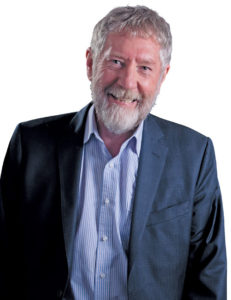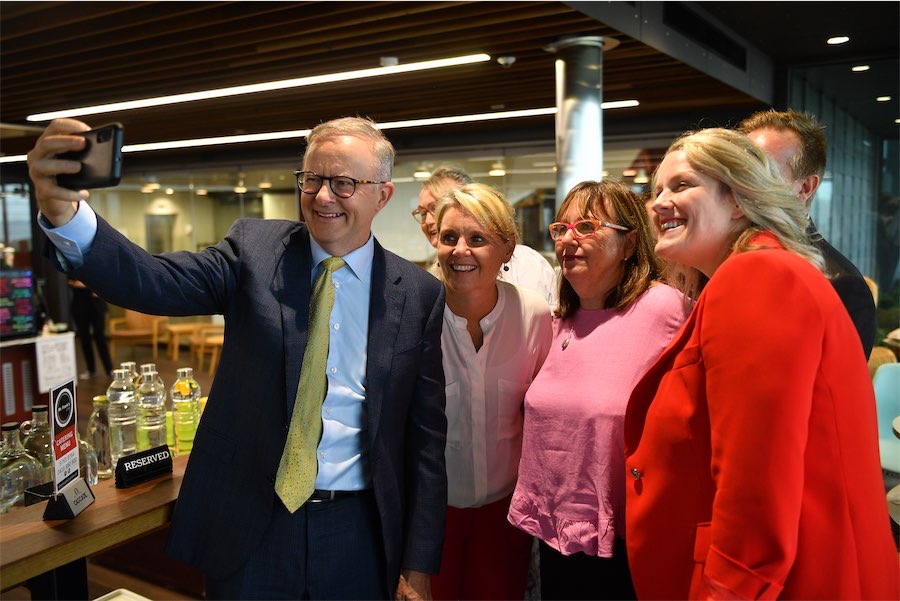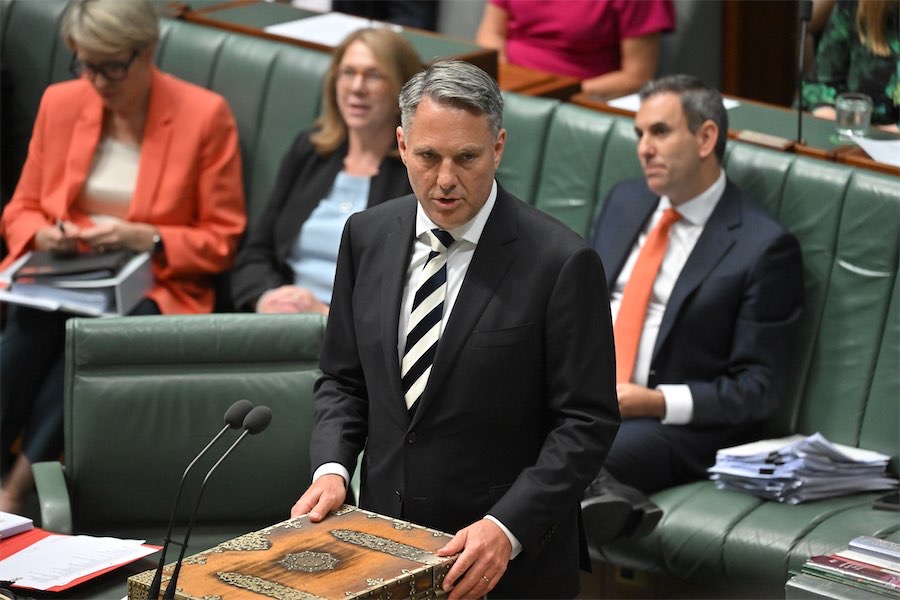“Australia’s border control for this virus has been a joke. The cruise ships that landed in Sydney allowing thousands of potentially exposed people to pour into that city is just one example,” writes political columnist MICHAEL MOORE.
INSTEAD of maintaining the front foot, as happened at the early stages of the COVID-19 pandemic, our governments have been playing catch up.

Better co-ordination between all jurisdictions and heeding lessons from our own past epidemics and from the most successful governments internationally is desperately needed.
Singapore and Taiwan had early infections. However, through a combination of very rigorous border controls, restrictions on international travel, strictly isolating anyone who had or might have had COVID-19, and vigorously pursuing those who had contacts with an infected person, they have managed to control the spread much more effectively than most. They have also encouraged social distancing and good hand hygiene.
Australia’s border control for this virus has been a joke. The cruise ships that landed in Sydney allowing thousands of potentially exposed people to pour into that city is just one example.
As an island nation, Australia has significant advantage over many other countries – such as those in Europe. The Tasmanian Premier understood this advantage and was early in applying significant travel restrictions into that state. His action was followed by SA, NT and eventually (in a very soft version) in the ACT. However, national co-ordination was poor.
The focus of the Australian approach to COVID-19 has prioritised economics. Lip service was paid to health. Universities were allowed to accept international students from COVID-19 countries, ongoing trade was facilitated and every opportunity remained for business to keep trading.
For quite some time the government of #scottycomelately was on the back foot as economics trumped health issues. The wake-up call came with the crash of the stock market and the need for the first stimulus package.
A secondary focus was to protect hospitals from being overwhelmed by “flattening the curve”. This was an important tactic, but not one to supersede the other options. Another failure of successive Australian governments has been the constant cuts in spending on preventive health. Outcomes from preventive health go beyond the following election.
Contact tracing is an important element of any effective response to an occurrence of seriously infectious disease. Australia has seen plenty of examples at the small scale, such with measles outbreaks. Epidemiologists deployed by public health officials of our states and territories have demonstrated their competency again and again.
However, COVID-19 is overwhelming public health resources. This is not surprising considering constant attacks on preventive health. Australia’s spending on prevention in health has been constantly declining. The Public Health Association of Australia, the Australian Medical Association and many others have been calling for increased spending in the area of prevention.
Compare Canadian spending at between five and six per cent of the health budget to Australia’s expenditure at a meagre 1.7 per cent. Even with increased expenditure in prevention, there was never going to be enough public health professionals to pursue contact tracing.
It was clear very early that COVID-19 was going to need a cross-departmental approach. Police officers, for example, could well have been deployed in the early stages of contact tracing and to ensure isolation or quarantine. Instead we are on the back foot.
Calling a “National Cabinet” to address the constant tensions between the federal government, on the one hand, and the states and territories on the other, was an excellent approach.
However, this also demonstrates failure of past action on the part of successive governments. National co-ordination was recognised as a problem with swine flu and SARS (a previous coronavirus). The calls for establishment of an Australian Centre for Disease Control by prominent Australians and NGOs for more than a decade have been rejected by governments.
Failure of national co-ordination has been demonstrated by state press releases pre-empting national cabinet decisions such as closing borders, school closures, and declarations of states of emergency. Largely consistent messaging is finally being achieved.
The challenge for now is how much can we depend on citizens doing the right thing compared to how much coercion will be brought to bear?
Michael Moore is a former member of the ACT Legislative Assembly and an independent minister for health. He has been a political columnist with “CityNews” since 2006. He is the Immediate Past President of the World Federation of Public Health Associations.
Who can be trusted?
In a world of spin and confusion, there’s never been a more important time to support independent journalism in Canberra.
If you trust our work online and want to enforce the power of independent voices, I invite you to make a small contribution.
Every dollar of support is invested back into our journalism to help keep citynews.com.au strong and free.
Thank you,
Ian Meikle, editor





Leave a Reply